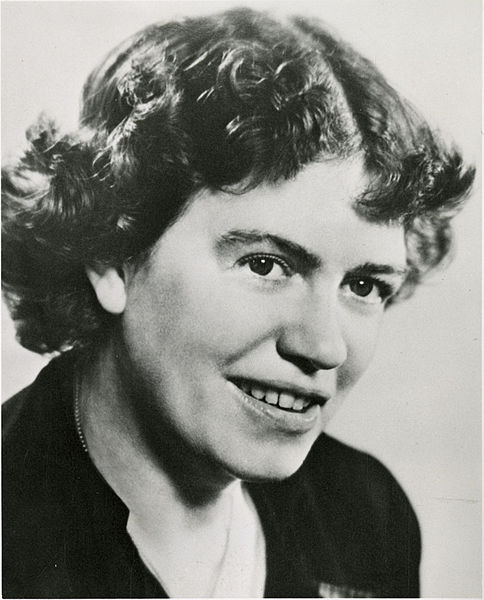
September 24, 2014
Book Review: Letters From the Field Part II
 Letters from the Field, 1925-1975
Letters from the Field, 1925-1975
by Margaret Mead
My rating: 5 of 5 stars
If you didn’t read my last week’s post here, you may wonder why I am so excited about Margaret Mead’s decades-old book, Letters From the Field. Even if you read me last week, you may wonder–I think I wandered a bit. Here’s the synopsis: I’m writing a series on the life of earliest man–think 2 million years ago. There is little primary evidence, so I must do a lot of extrapolation based on facts. I’ve read scores of books that nibble around the edges, all resulting in a pretty good feel for what their lives might have been like.
One of those books is Margaret Mead’s Letters From the Field. She spent most of her life living with primitive tribes so she could understand their worlds. This primary research influenced every corner of her life. For example, she is widely quoted as saying:
It takes a village
This is her daughter’s discussion of that oft-quoted and rarely-attributed concept:
“One of the ideas my mother got from Samoa,” she says, when asked about the concepts that shaped her childhood, “was that the way people were connected to each other was primarily based on kinship. That meant that children had a place in many households and a lot of adults were involved in the life of every child. So in raising me, my mother very deliberately created an extended family. I spent time in many households and learned different attitudes toward the world, and the rules were different. Her approach is reflected in an African proverb which is often quoted in the United States: ‘It takes a village to raise a child.’ My mother created a village for me to grow up with, and it was the existence of that village that allowed her to pursue her career and come and go and feel that I was not abandoned.”
Here are ten of my favorite quotes from Letters from the Field: 1925-1975:
- “It [the Samoan language] is like an elaborate jeweled costume standing quite alone waiting for the wearer to appear…”
- “…accompanied by some fifteen girls and little children, I walk through the village to the end of Siufaga, where we stand on an iron-bound point and watch the waves splash us in the face…”
- In Samoa, I found I could not understand adolescents without studying pre-adolescents.
- “They are great dialecticians and will argue for an hour over the difference between a word which means ‘borrow to return the same object’ and one which means ‘borrow to return another of the same kind’.
- The most frequent cause of women running away is if one wife is offended with another or doubts her welcome; the husband doesn’t figure largely.”
- “They are quite willing to talk to use [Mead and her group] to keep us amused, as talk seems to be what we want”
- “…the only way to get a house built was to have two built, and so now we have two houses which they are completing in their own good time, but strictly in step. And the next dilemma is which one to live in.”
- “There is to be a great birthday feast here in the West Palace and there won’t be another for a year because there are no more children.”
- “Our route home is still uncertain. We have to wait for the water to rise to get into Tchambuli; the lake is nearly dry. And we have to wait for the water to rise for this village to do any ceremonies. At present it simply eats, drinks, sleeps and has seances about crocodiles.”
- “They understand how to tell time and set a meeting for ‘one o’clock’. But there are only two clocks and one watch in the village and the meeting is less likely to start on time than when meetings were set by the sun. They have learned about dates, but they have no calendars, so what day it is, is a matter for protracted discussion… They want good materials and good equipment, but they cannot write to order it nor have they any way of sending money.”
More cultural reviews:
Jacqui Murray is the author of the popular Building a Midshipman, the story of her daughter’s journey from high school to United States Naval Academy. She is the author/editor of dozens of books on integrating tech into education, webmaster for six blogs, an Amazon Vine Voice book reviewer, a columnist for Examiner.com and TeachHUB, Editorial Review Board member for Journal for Computing Teachers, monthly contributor to Today’s Author and a freelance journalist on tech ed topics.






